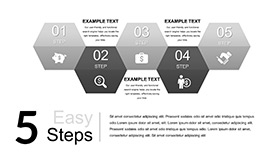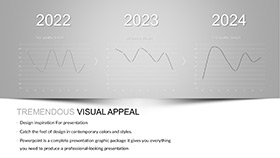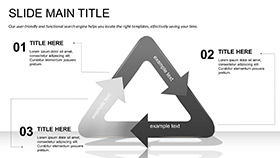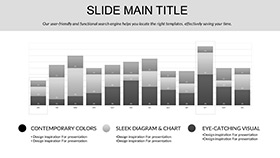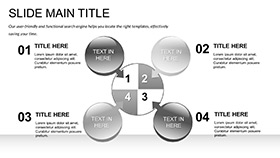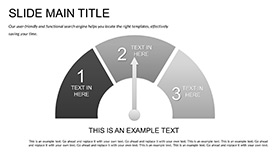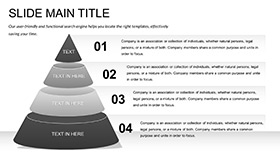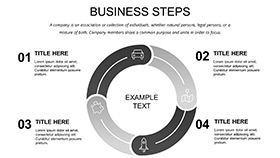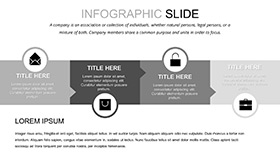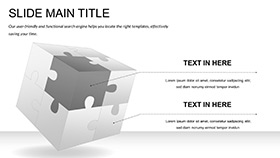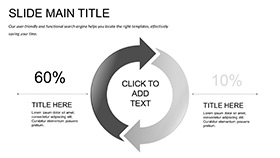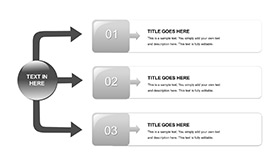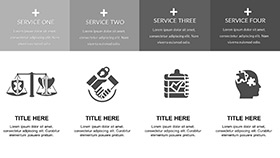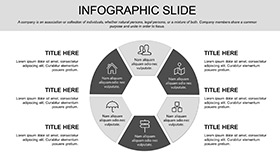Step into a classroom or boardroom where chemical reactions aren't just equations on a board - they're vivid stories unfolding slide by slide. This Chemical Industry and Education PowerPoint template is crafted for educators, project leads, and industry pros tackling chemistry experiments, projects, and broader scientific explorations. Boasting 28 targeted diagrams, it turns abstract formulas into tangible insights, perfect for those high-stakes moments like curriculum reviews or R&D updates.
What sets this apart is its nod to the dual worlds of teaching and application: slides that double as lesson aids or executive briefs. If you've ever wrestled with illustrating a titration curve or a supply chain in petrochemicals, you'll appreciate how this template sidesteps the usual hurdles - misaligned elements, bland aesthetics - delivering a polished foundation that lets your passion for science take center stage. Aimed at teachers shaping young minds or managers driving innovation, it's the shortcut to presentations that educate and energize.
Discover the Standout Elements in This Chemistry Template
Built with the rhythm of scientific inquiry in mind, this template packs efficiency into every layer. The 3 master slides provide a consistent canvas, while 3 background variations offer flexibility - from sterile white for lab demos to subtle gradients evoking lab glassware. At the heart are the 28 diagrams, each a versatile tool for mapping processes or outcomes.
- Dynamic Color Options: Seven schemes tailored to themes, like vibrant reds for reactive demos or muted greens for sustainable chemistry, ensuring your visuals adapt to the message.
- Broad Compatibility: Seamless with PowerPoint 2016+, including Office 365; the .potx setup means quick theme swaps, and .pptx files share effortlessly across devices.
- Resource-Rich Package: .jpg files for standalone use, like handouts, complement the editable core, giving you options for hybrid formats.
These aren't afterthoughts - they're deliberate choices that amplify your content. Envision prepping a student project showcase: drop in reaction yields to a flowchart, and the template's smart layouts handle the rest, freeing you to focus on the 'why' behind the sparks.
Navigating the Diagrams: Tools for Every Experiment
The slide progression feels intuitive, mirroring a lab session's arc. Early diagrams handle basics like element tables, building to mid-deck visuals for experiment setups - think beakers and pipettes rendered in clean lines. Later slides tackle analysis, with graphs ready for spectral data or yield comparisons, closing with reflective summaries that tie it all back to real-world impact.
Pro customization? Layer in your footage via hyperlinks or embed quick-time videos of fizzing reactions, using the template's placeholders as anchors. It's this adaptability that makes it a staple for ongoing use, evolving with each new batch of experiments.
Practical Scenarios: Bringing Chemistry to Life
From high school labs to corporate training, this template bridges theory and practice. It's invaluable for chemistry educators outlining project timelines or industry analysts breaking down production cycles, where clarity can spark the next big idea.
Take a curriculum developer at a tech institute: They used these slides to map a semester's worth of experiments, color-coding phases to track progress. The outcome? Engaged students who grasped concepts faster, proving visuals can catalyze learning just like reagents do in a flask.
Guided Walkthrough: Designing an Industry Project Deck
- Lay the Groundwork: Launch with a master slide suited to your sector - industrial grays for manufacturing talks.
- Outline Objectives: Use initial diagrams to chart goals, inserting bullet hierarchies for key milestones.
- Detail the Process: Populate flowcharts with steps, from sourcing to synthesis, leveraging connectors for logical flow.
- Analyze Outcomes: Integrate pie charts for efficiency metrics, with the template auto-adjusting labels.
- Finalize with Foresight: End on predictive models, exporting to .pptx for stakeholder review.
This method not only organizes your thoughts but also models the scientific method for your audience, fostering deeper connections.
Enhancement Strategies for Tailored Presentations
To truly own this template, experiment with its bones. Adjust icon sets within diagrams to symbolize specific reactions - swap a flask for a bioreactor if biotech's your beat. For interactivity, incorporate hyperlinks to external sims, turning passive slides into exploratory hubs.
A clever hack for educators: Use the color schemes to differentiate difficulty levels, guiding novices through basics while challenging advanced learners with layered views. Versus building from blank slides, this cuts drudgery, letting creativity flow like a well-mixed solution.
In essence, it's more than a tool - it's an extension of your expertise, designed to make complex chemistry accessible and exciting.
Ready to Spark Your Next Session?
Grab this Chemical Industry and Education template for $22 and watch your presentations react with newfound vigor. It's time to make science sizzle.
Frequently Asked Questions
How flexible are the diagrams for different chemistry topics?
Highly flexible - vectors allow reshaping for anything from organic synthesis to inorganic compounds, maintaining professional polish.
Does it support animations for experiment demos?
Yes, built-in paths support simple animations like particle movement; add more via PowerPoint's animation pane for dynamic effects.
Can teams collaborate on this template?
Perfectly - save to OneDrive or SharePoint for real-time edits, with masters ensuring consistency across contributors.
What's the best way to print these slides?
Use the .jpg exports for high-res prints, or print directly from .pptx with notes pages for handouts.
Is it geared more toward education or industry?
Balanced for both, with diagrams scaling from classroom basics to executive overviews on production scales.











